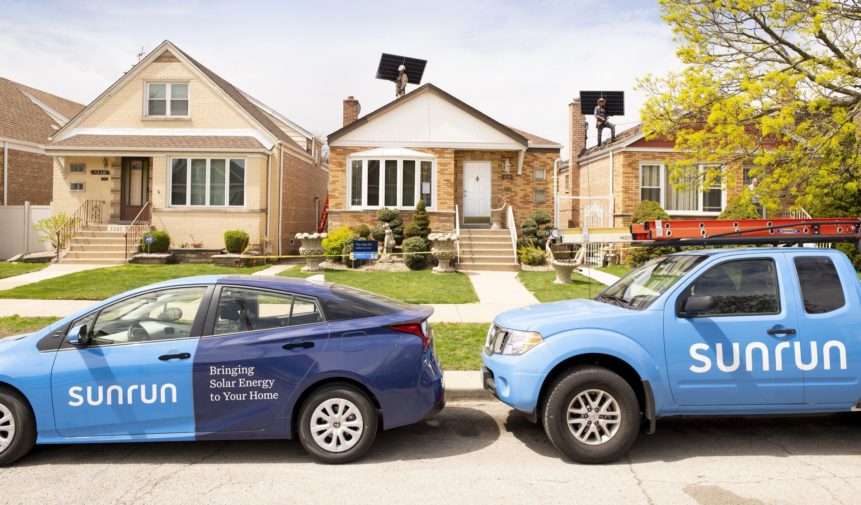From pv magazine USA
Residential solar installer Sunrun has partnered with utility Pacific Gas and Electric (PG&E) to enroll solar and energy storage customers in a program called Peak Power Rewards, which compensates customers for dispatching power during times of peak demand on the grid.
Sunrun enrolled 8,500 customer systems in California, operating the assets as a distributed network that forms a power grid. Under the program, the assets delivered an average of 27 MW of power during peak hours for over 90 days consecutively.
“PG&E was able to confidently rely on the renewing daily resource of Sunrun’s fleet of home solar and storage systems,” said Mary Powell, chief executive officer, Sunrun. “We are rapidly transitioning to a storage-first company and the results of this partnership highlight the unique capability that distributed power plants provide communities.”
The distributed solar and storage assets provided an instantaneous peak output of nearly 32 MW and frequently provided up to 30 MW of power, enough for more than 20,000 homes.
Sunrun said it managed the fleet of home batteries and provided power to PG&E in the same way a traditional centralized power plant would. However, the program was operational within six months of signing the contract with the utility, a timeframe that far outpaces the development cycle of utility-scale assets.
Enrolled batteries in the Peak Power Rewards program discharged energy to the grid from 7 p.m. to 9 p.m. from August through October, a time of peak electricity demand in California. Customers received an upfront payment of $750 and a free smart thermostat for participating. Sunrun said that batteries enrolled in the program retain enough energy to meet personal, essential needs in the event of a power outage.
Popular content
“Solar-plus-storage plays a significant role in California’s clean energy future and we’re proud of our customers who are leading the charge with their clean energy adoption. Every day, we’re looking at new and better ways to deliver for our hometowns while ensuring safety, reliability and resiliency for our customers,” said Patti Poppe, chief executive officer of PG&E Corporation.
PG&E has the most behind-the-meter solar installations in the nation attached to its grid, with approximately 820,000 customers connected adding roughly 8 GW of capacity to the grid. The utility said nearly 75,000 PG&E customers have connected energy storage systems to its grid, representing 670 MW of capacity.
“What is happening in California will soon need to be replicated across the country,” said Powell. “Residential solar-plus-storage systems networked together as distributed power plants are answering the demand call by providing flexible, on-demand power stabilization while also guarding against increasing rates.”
Despite adding new value to customers through battery aggregation programs, residential solar installers in California have been faced with increased challenges to acquiring new customers. High interest rates have worsened the return on investment for customers, and the move toward NEM 3.0 has altered the value of exported electricity. The California Solar and Storage Association recommended policy changes to improve market conditions and revive the state’s wounded behind-the-meter solar industry.
This content is protected by copyright and may not be reused. If you want to cooperate with us and would like to reuse some of our content, please contact: editors@pv-magazine.com.



2 comments
By submitting this form you agree to pv magazine using your data for the purposes of publishing your comment.
Your personal data will only be disclosed or otherwise transmitted to third parties for the purposes of spam filtering or if this is necessary for technical maintenance of the website. Any other transfer to third parties will not take place unless this is justified on the basis of applicable data protection regulations or if pv magazine is legally obliged to do so.
You may revoke this consent at any time with effect for the future, in which case your personal data will be deleted immediately. Otherwise, your data will be deleted if pv magazine has processed your request or the purpose of data storage is fulfilled.
Further information on data privacy can be found in our Data Protection Policy.